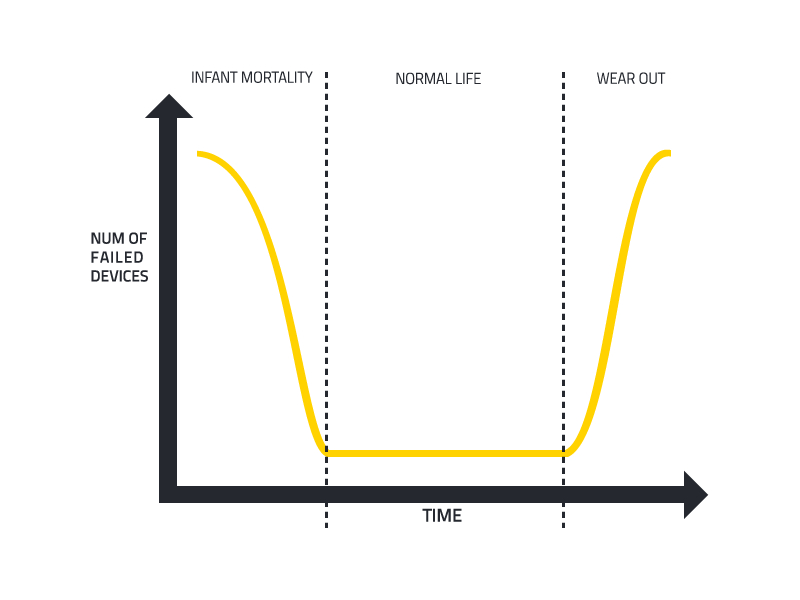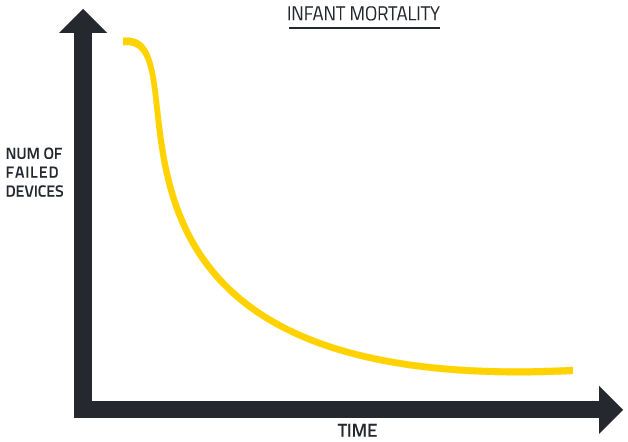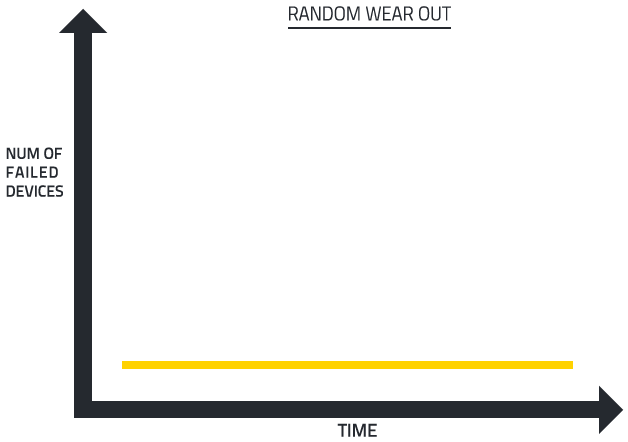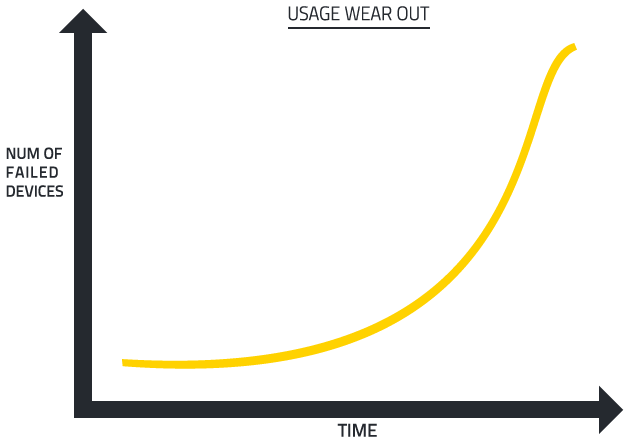LASER DIODE LIFE TEST
What Is A Laser Diode Life Test?
Life-tests consist of the highly accelerated ageing, under controlled conditions, of a group of lasers taken as a representative sample. Optical degradation of the laser diodes is observed and recorded by precisely measuring changes in the laser's operating characteristics during the test. Life-tests are used for vendor qualification of the laser diodes during product development and can be conducted throughout the production life of the laser.The data collected from these life tests are used to predict laser life expectancy under the intended operating characteristics. There are many device parameters that can be monitored to provide life-test analysis, such as optical output power, threshold current and operating current. The accelerated ageing of the device is achieved through applying high temperature to the device under test.
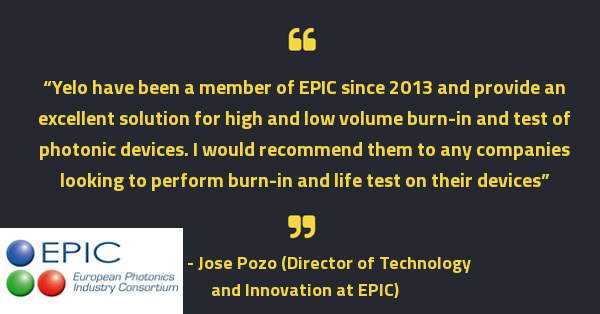
What Are The Benefits Of Life Testing
The main benefits of life testing are:
WAFER VERIFICATION -
One of the major benefits and uses of life-testing is in wafer verification. If a new wafer design has been created, it is vital for your company to establish how reliable the wafer will be. In order to do this, a sample size is chosen and life-tested.
RATE OF RANDOM WEAR OUT FAILURES -
Life-testing can provide information on the rate of random wear out failures that will occur during the lifetime of a laser diode or laser device. While burn-in testing detects early infant mortalities (lasers that fail early in their lifetimes), life-testing will determine the level of random failures during the predicted operating lifetime of the device. It will also enable the company to determine the length of operating life that the devices will have before they begin to fail due to usage wear out.
Laser Diode Reliability Bathtub Curve
The laser reliability bathtub curve represents three stages of the laser diode's life cycle. The initial stage highlights a decreasing infant mortality rate. This is followed by the normal life where there is a low, constant rate of random wear out failures among the device population. Finally, there is the usage wear out stage where device failure rates begin to rise again after the expected normal life of the device. Laser burn-in is conducted during the infant mortality stage, while life-testing can quantify the failure rate during normal life. It will also determine the expected lifetime of the laser diodes before they reach the usage wear out stage.
The Bathtub Curve Has Been Split Into Three Separate Graphs Below, To Highlight The Different Stages.
Infant Mortality Failures
The graph represents the rate of infant mortality failures. Infant mortality is measured over the time where the initial failure rate of the product is decreasing, and is not defined by a single quantifiable time period (i.e. 30 days or 60 days). It is a period where there is a significant number of devices failing in a short time. Burn-in stress tests are used to screen out defective devices where the cause of the defects cannot be determined or fixed. This is common in the laser diode industry as many of the defects are caused by variances during fabrication which cannot be avoided.
Random Wear Out Failures
This graph is highlighting the level of failure during the normal operating life of the laser diodes. This is typically caused by devices being stressed beyond their capabilities. Life tests can be used to estimate or measure this rate by testing a sample size from the population.
Usage Wear Out Failures
The graph below shows how the rate of device failure increases towards the end of the normal operating life of laser diodes. It is referred to as wear out and occurs when the failure rate of the devices begins to increase after their expected operating life. Life tests can help identify when the population of devices will begin to reach this stage through measuring the normal life of the laser diodes.


